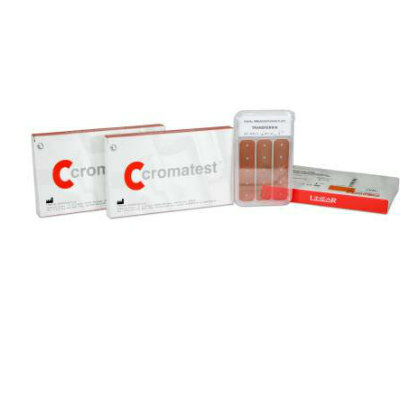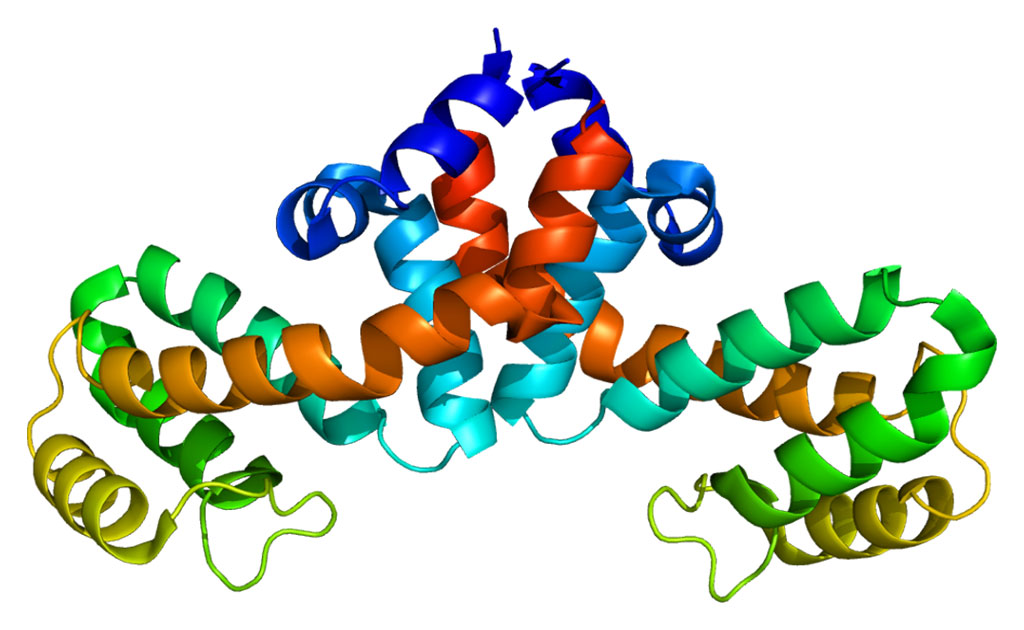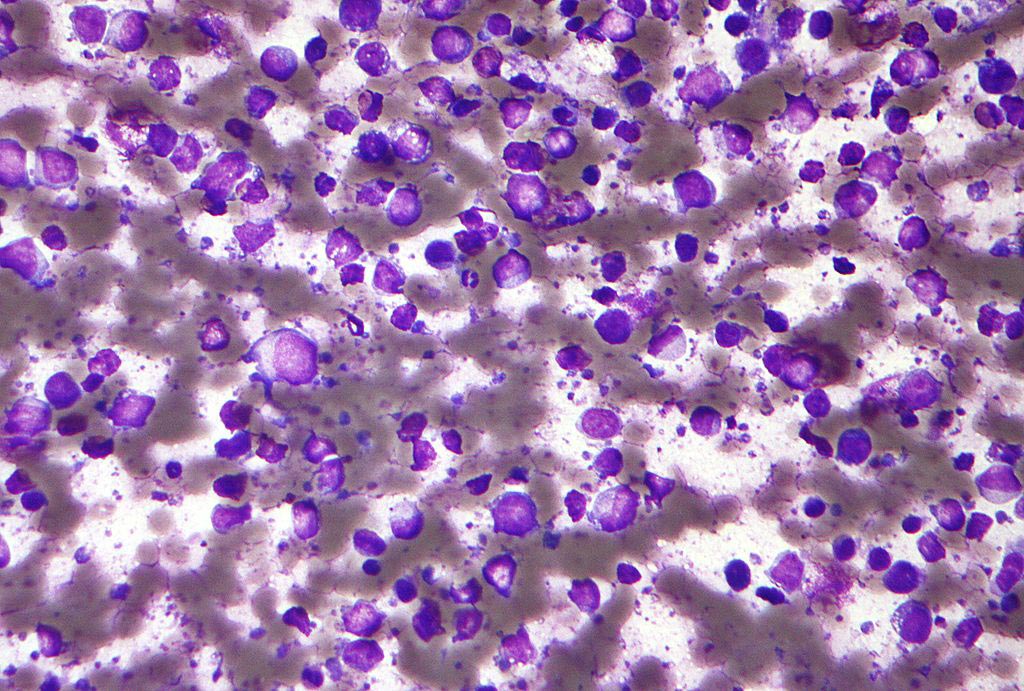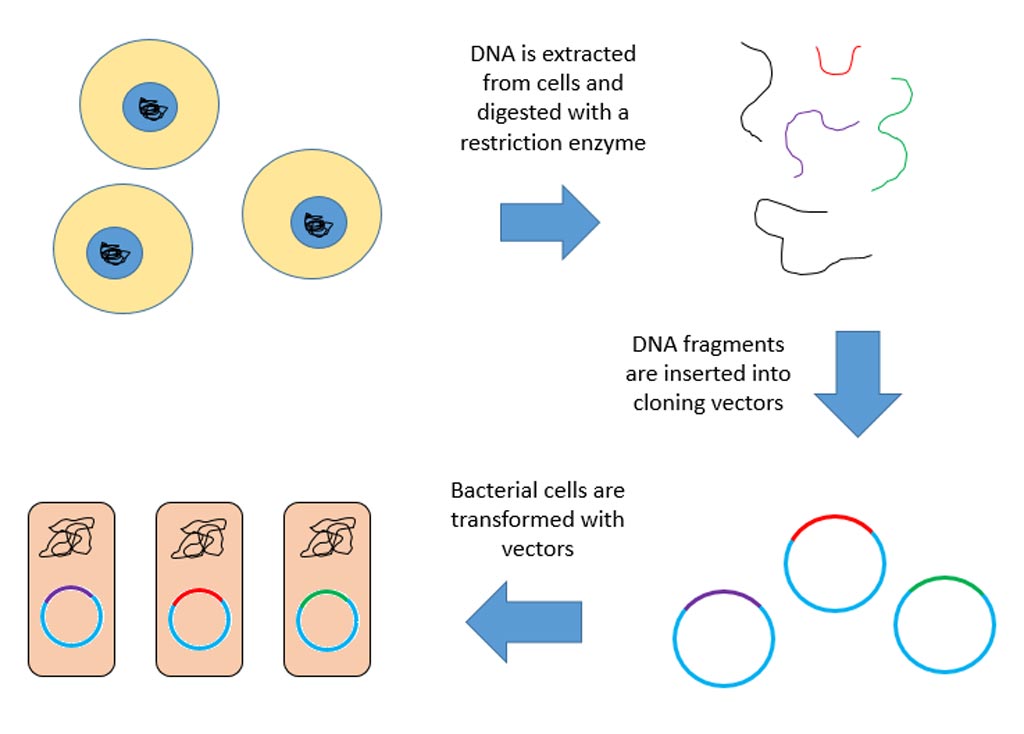Smart Nanoparticle Drug Delivery System Avoids Tumor-Protecting Obstacles
By LabMedica International staff writers
Posted on 13 Apr 2016
As a clearer image of the tumor microenvironment emerges, nanoparticle drug transport systems have evolved to overcome obstacles that prevent effective delivery of the chemotherapeutic agent.Posted on 13 Apr 2016
A pertinent example is the triple-stage "cluster bomb" approach that has been developed by researchers at Emory University (Atlanta, GA, USA) and their colleagues at the University of Science and Technology of China (Hefei).
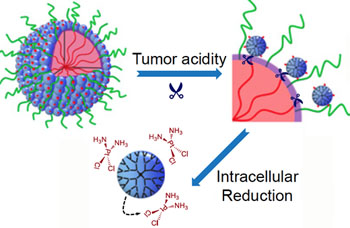
Image: The particles start out relatively large (about 100 nanometers) to enable smooth transport into the tumor through leaky blood vessels. Then, in acidic conditions found close to tumors, the particles discharge “bomblets” just five nanometers in size. Inside tumor cells, a second chemical step activates the platinum-based drug cisplatin (Photo courtesy of Emory University).
The smart polymeric clustered nanoparticles (iClusters) developed by these investigators had an initial size of approximately 100 nanometers, which was favorable for long-term blood circulation and induced the particles to collect at tumor sites. Once the iCluster particles accumulated at tumor sites, the intrinsic tumor extracellular acidity triggered the discharge of platinum prodrug-conjugated poly(amidoamine) dendrimers (diameter about five nanometers). Such a structural alteration promoted tumor penetration and cell internalization of the therapeutics. The internalized dendrimer prodrugs were further reduced intracellularly to release the drug cisplatin to kill the cancer cells.
The investigators reported in the March 28, 2016, online edition of the journal Proceedings of the National Academy of Sciences of the United States of America (PNAS) that they had validated the superior in vivo antitumor activities of the iCluster particles in several intractable mouse tumor models including poorly permeable pancreatic cancer, drug-resistant cancer, and metastatic cancer, which demonstrated their versatility and broad applicability.
"The negative side effects of cisplatin are a long-standing limitation for conventional chemotherapy," said contributing author Dr. Jinzhi Du, a postdoctoral researcher at Emory University. "In our study, the delivery system was able to improve tumor penetration to reach more cancer cells, as well as release the drugs specifically inside cancer cells through their size-transition property."
Related Links:
Emory University
University of Science and Technology of China







